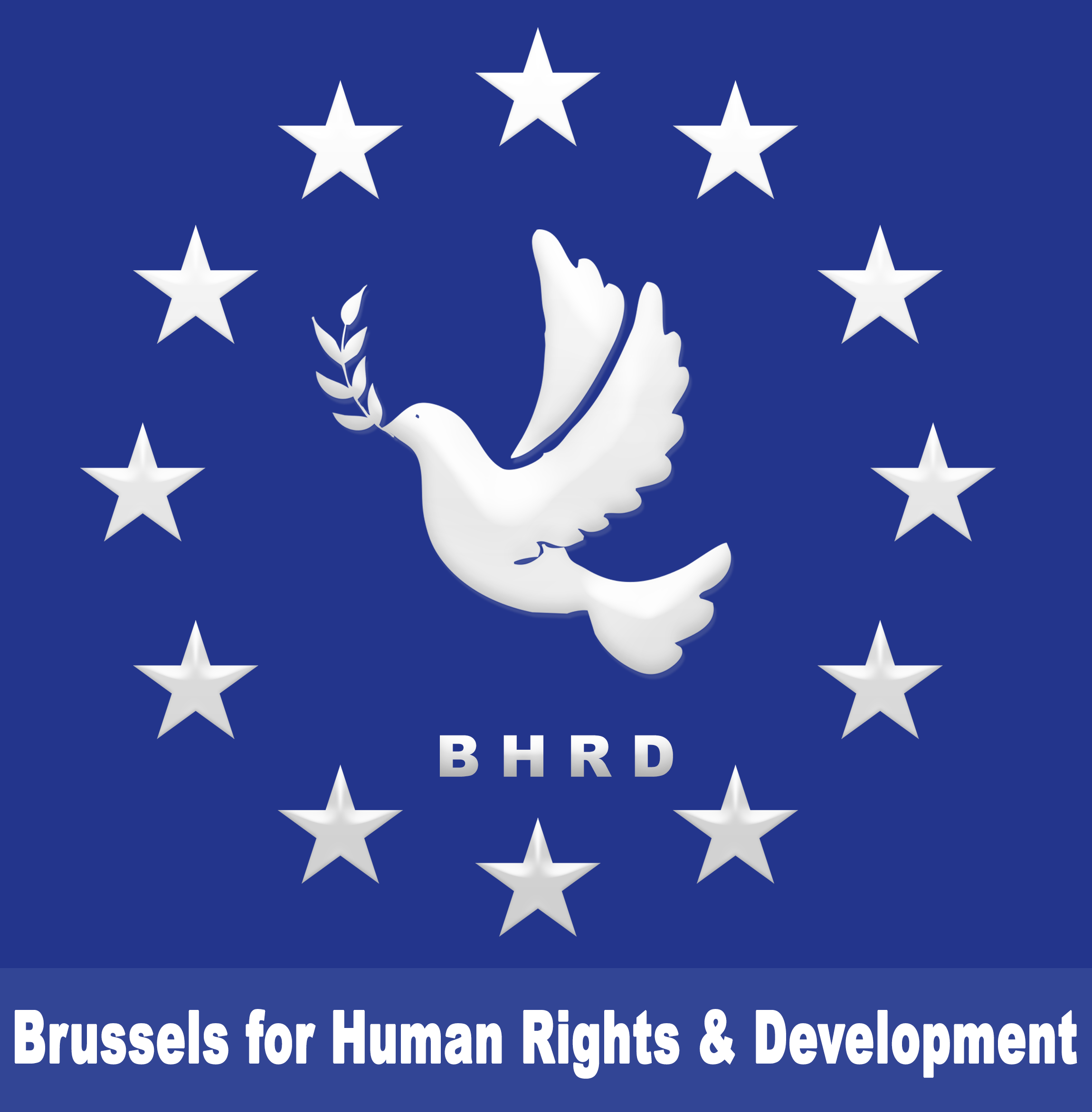A new World Health Organization (WHO) report highlights that 5.6 billion people – 71% of the world’s population – are now protected with at least one best practice policy to help save lives from deadly tobacco – five times more than in 2007.
In the last 15 years since WHO’s MPOWER tobacco control measures were introduced globally, smoking rates have fallen. Without this decline there would be an estimated 300 million more smokers in the world today.
This WHO Report on the global tobacco epidemic, supported by Bloomberg Philanthropies, is focused on protecting the public from second-hand smoke, highlighting that almost 40% of countries now have completely smoke-free indoor public places.
The report rates country progress in tobacco control and shows that two more countries, Mauritius and the Netherlands, have achieved best-practice level in all MPOWER measures, a feat that only Brazil and Türkiye had accomplished until now.
“These data show that slowly but surely, more and more people are being protected from the harms of tobacco by WHO’s evidence-based best-practice policies,” said Dr Tedros Adhanom Ghebreyesus, WHO Director-General. “I congratulate Mauritius on becoming the first country in Africa, and the Netherlands on becoming the first in the European Union to implement the full package of WHO tobacco control policies at the highest level. WHO stands ready to support all countries to follow their example and protect their people from this deadly scourge.”
“With a strong political commitment, we have made great progress in tobacco control policies in Mauritius. Our country has adopted the MPOWER strategy and is moving resolutely towards a smoke-free country.” stated the Hon Pravind Kumar Jugnauth, Prime Minister, Republic of Mauritius.
Maarten van Ooijen, State Secretary for Health, Welfare and Sports for the Netherlands said, “Civil society organizations, health experts and medical professionals are strong driving forces behind everything that we are achieving with regard to tobacco control in the Netherlands. They deserve the primary credits for the praise that our country receives from the World Health Organization. Although we are making progress in reducing smoking prevalence and improving our tobacco control policy we also still have a long way to go. Together we will keep fighting for a smoke free generation by 2040!”
Smoke-free public spaces is just one policy in the set of effective tobacco control measures, MPOWER, to help countries implement the WHO Framework Convention on Tobacco Control and curb the tobacco epidemic.
Smoke-free environments help people breathe clean air, shield the public from deadly second-hand smoke, motivate people to quit, denormalize smoking and help prevent young people from ever starting to smoke or use e-cigarettes.
“While smoking rates have been going down, tobacco is still the leading cause of preventable death in the world – largely due to relentless marketing campaigns by the tobacco industry,” said Michael R. Bloomberg, WHO Global Ambassador for Noncommunicable Diseases and Injuries and founder of Bloomberg Philanthropies. “As this report shows, our work is making a big difference, but much more remains to be done. By helping more countries implement smart policies, backed by public opinion and science, we’ll be able to improve public health and save millions of more lives.”
Eight countries are just one MPOWER policy away from joining the leaders in tobacco control: Ethiopia, Iran, Ireland, Jordan, Madagascar, Mexico, New Zealand, and Spain.
There is still much work to be done, 44 countries remain unprotected by any of WHO’s MPOWER measures and 53 countries still do not have complete smoking bans in healthcare facilities. Meanwhile, only about half of countries have smoke-free private workplaces and restaurants.
“WHO urges all countries to put in place all of the MPOWER measures at best-practice level to fight the tobacco epidemic, which kills 8.7 million people globally, and push back against the tobacco and nicotine industries, who lobby against these public health measures,” said Dr Ruediger Krech, WHO, Director for Health Promotion.
Around 1.3 million people die from second-hand smoke every year. All of these deaths are entirely preventable. People exposed to second-hand tobacco smoke are at risk of dying from heart disease, stroke, respiratory diseases, type 2 diabetes and cancers.
This report demonstrates that all countries irrespective of income levels can drive down the demand for deadly tobacco, achieve major wins for public health and save economies billions of dollars in health care and productivity costs.
Note to the editor:
The ninth WHO Report on the global tobacco epidemic launched today summarizes national efforts to implement the most effective demand reduction measures from the WHO Framework Convention on Tobacco Control (WHO FCTC) that are proven to reduce tobacco use. These measures are known collectively as “MPOWER”.
The MPOWER interventions have been shown to save lives and reduce costs from averted healthcare expenditure. The first MPOWER report was launched in 2008 to promote government action on six tobacco control strategies in-line with the WHO FCTC to:
- Monitor tobacco use and prevention policies.
- Protect people from tobacco smoke.
- Offer help to quit tobacco use.
- Warn people about the dangers of tobacco.
- Enforce bans on tobacco advertising, promotion and sponsorship.
- Raise taxes on tobacco.
About the World Health Organization
Dedicated to the well-being of all people and guided by science, the World Health Organization leads and champions global efforts to give everyone, everywhere an equal chance at a safe and healthy life. We are the UN agency for health that connects nations, partners and people on the front lines in 150+ locations – leading the world’s response to health emergencies, preventing disease, addressing the root causes of health issues and expanding access to medicines and health care. Our mission is to promote health, keep the world safe and serve the vulnerable.
For more information visit www.who.int and follow WHO on Twitter, Facebook, Instagram, LinkedIn, TikTok, Pinterest, Snapchat, YouTube
About Bloomberg Philanthropies
Bloomberg Philanthropies invests in 700 cities and 150 countries around the world to ensure better, longer lives for the greatest number of people. The organization focuses on five key areas for creating lasting change: the Arts, Education, Environment, Government Innovation, and Public Health. Bloomberg Philanthropies encompasses all of Michael R. Bloomberg’s giving, including his foundation, corporate, and personal philanthropy as well as Bloomberg Associates, a pro bono consultancy that works in cities around the world. In 2022, Bloomberg Philanthropies distributed US $1.7 billion.


 العربية
العربية